On the night of September 16 (Vietnam time), Ha Long Bay of Quang Ninh province and Cat Ba archipelago of Hai Phong city were officially recognized by UNESCO as world natural heritage.
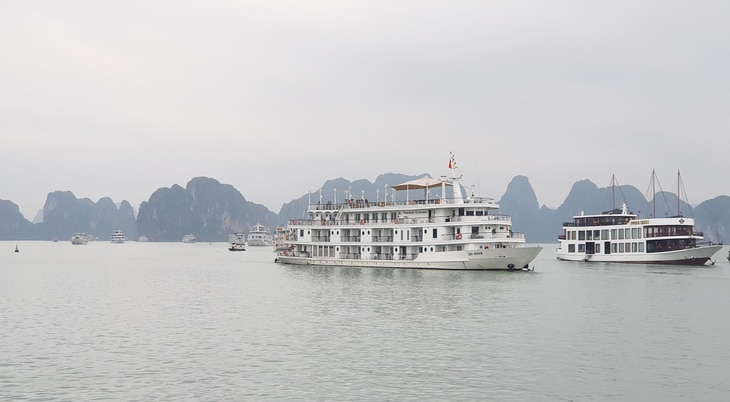
Ha Long Bay - Cat Ba archipelago officially becomes the first inter-provincial and city world heritage site of Vietnam - Photo: TIEN THANG
At the 45th session of the UNESCO World Heritage Committee on September 16, the hammer-beating ceremony to recognize Ha Long Bay - Cat Ba archipelago (in Quang Ninh province and Hai Phong city) as a world natural heritage was performed.
Specifically, the ceremony was held at 5:40 p.m. on September 16 (ie 9:39 p.m. on September 16, Vietnam time) in the capital city of Riyadh, the Republic of Saudi Arabia. Participating in the 45th session, the Vietnamese delegation was led by Associate Professor, Dr. Le Thi Thu Hien - Director of the Department of Cultural Heritage (Ministry of Culture, Sports and Tourism).
On the local side, there were Mr. Le Khac Nam - Vice Chairman of Hai Phong City People's Committee and Ms. Nguyen Thi Hanh - Vice Chairman of Quang Ninh Provincial People's Committee.
Previously, Ha Long Bay in Quang Ninh province was twice recognized by UNESCO as a world natural heritage in 1994 and 2000.
In 2013, the nomination dossier for Cat Ba archipelago as a world natural heritage based on biodiversity and ecosystem criteria was sent to the World Heritage Center.
After the assessment process, the International Union for Conservation of Nature (IUCN) drafted a decision for the World Heritage Committee to adopt at its 38th session in Qatar in 2014, recommending: "The Member State considers the possibility of proposing an extension to Ha Long Bay, according to criteria (vii) and (viii) and possibly criterion (x), to include the Cat Ba archipelago".
Ha Long Bay - Cat Ba archipelago is recognized by UNESCO as a world heritage site, because it contains areas of natural beauty including limestone islands covered with vegetation and limestone pinnacles rising above the sea, together with related karst features such as domes and caves.
Being recognized by UNESCO has made this area the first inter-provincial and city world heritage site in Vietnam and is a useful lesson in combining management, protection and promotion of world heritage values.
Tuoitre.vn








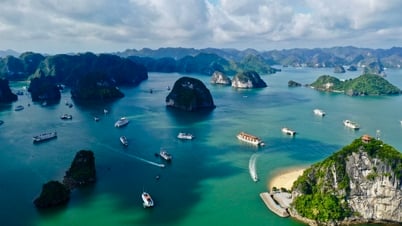

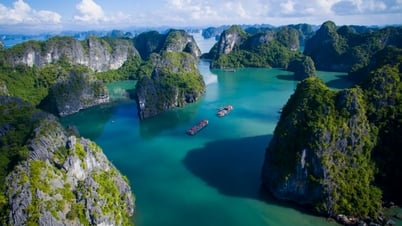










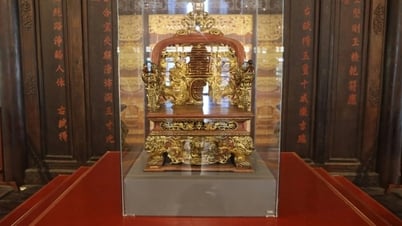



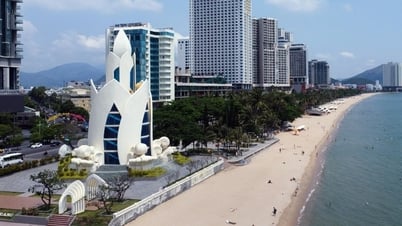







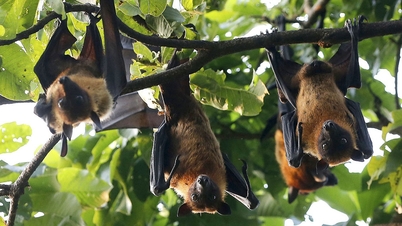
















































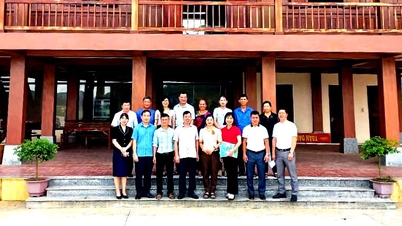

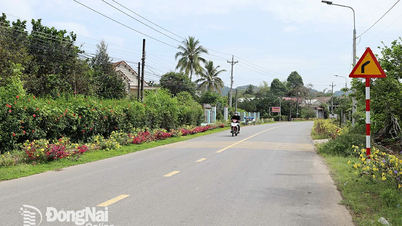













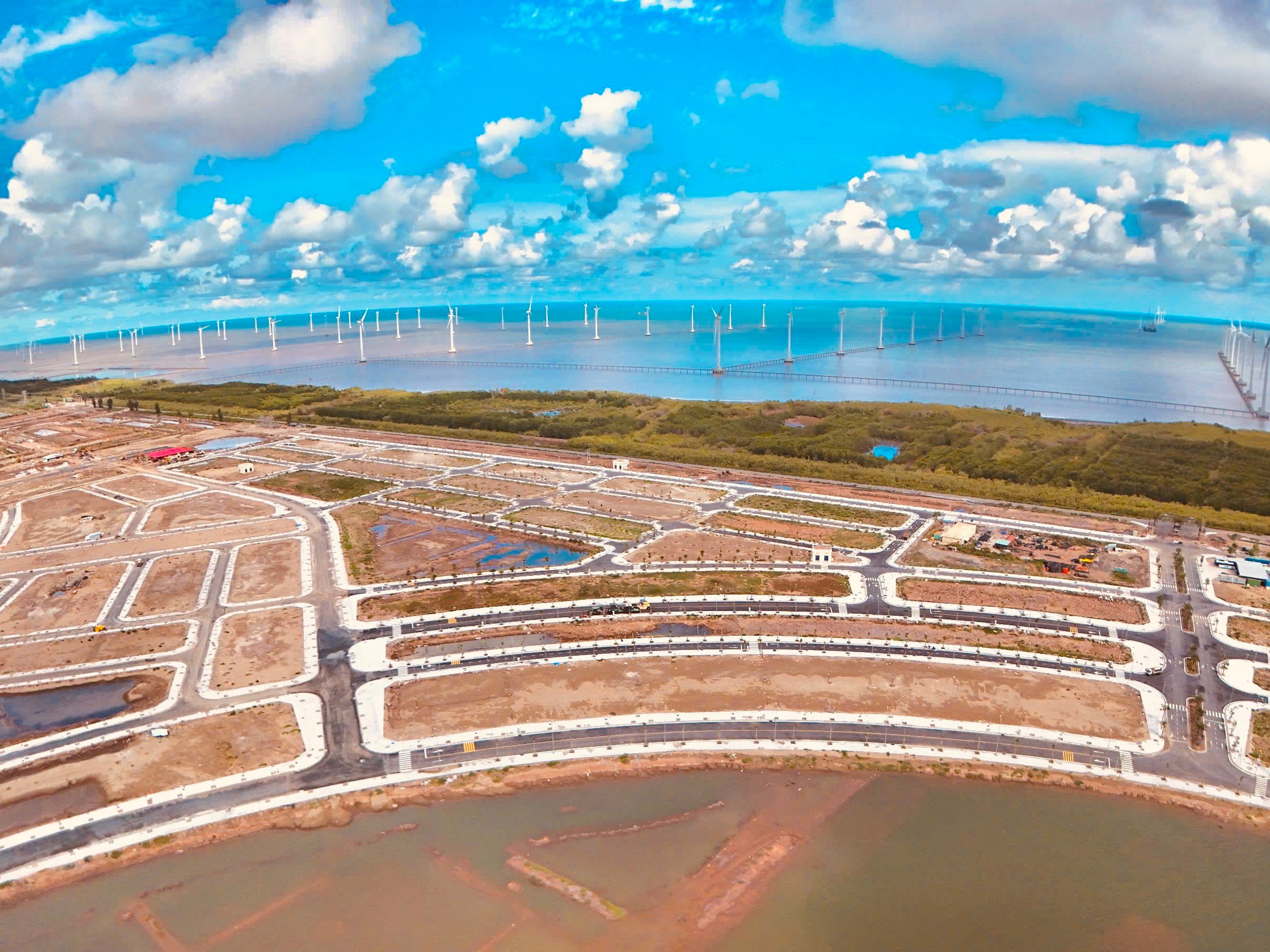



Comment (0)